Imagine a customer support journey where every touchpoint feels natural, relevant, and even anticipatory. No more frustrating transitions between channels, no more starting from scratch with each interaction — just smooth, intelligent engagement that meets customers where they are.
This vision is possible, but many organizations still face a common obstacle: fragmented systems and siloed bots that fail to share context. The result? Customers receive disjointed, reactive service instead of proactive, personalized care.

#AI: 7 hot topics for 2025
See moreWhy Traditional Automation Falls Short
Conventional chatbots and static workflows are rule-bound. They can answer predictable questions but struggle when customers’ needs are complex or cross multiple channels. Without a holistic view of the customer, each bot is essentially working blind, making interactions feel disconnected and transactional.
Key limitations include:
- Limited scope — Can only handle predefined scenarios
- Lack of context — No memory of previous interactions
- Fragmented service — Customers must repeat themselves across channels
Example: A customer calls a telecom provider’s support line to resolve a billing issue. They are transferred between different departments, each asking for the same details again because the previous agent’s notes aren’t shared. The experience feels repetitive and disconnected.
What Makes Agentic AI Different
Agentic AI goes beyond isolated automation. Think of it as the conductor of a customer experience orchestra, coordinating multiple AI capabilities in real time:
- Natural Language Understanding (NLU) for grasping customer intent
- Predictive analytics to anticipate needs
- Process automation to take swift, context-aware action
- Knowledge integration so no information is lost between touchpoints
Example: An airline uses Agentic AI to handle flight changes. When a customer’s flight is canceled, the system instantly checks alternative flights, rebooks the ticket, updates the customer via SMS, and processes any compensation — all without the passenger having to explain the issue multiple times.
Unlike single-task bots, Agentic AI dynamically chooses the right ‘instrument’ at the right moment, ensuring each interaction builds on the last.
The Critical Role of Data Orchestration
Even the most advanced AI agents are only as effective as the information they have. Without data orchestration — the seamless, secure flow of customer data across systems — the ‘intelligence’ in AI remains partial and fragmented.
Benefits of strong data orchestration:
- Every agent has a complete, current view of the customer
- Recommendations are more accurate
- Responses feel personalized, not generic
- Proactive engagement becomes possible
Example: An online retailer integrates purchase history, browsing behavior, and support interactions so that when a customer reaches out, the AI knows their size, preferences, and previous issues — allowing for faster resolutions and relevant product recommendations.
From Reactive Service to Proactive Engagement
The ultimate promise of Agentic AI in CX is proactivity — moving from simply reacting to customer issues to anticipating and addressing needs before they become problems.
Examples of proactive engagement:
- Predicting potential issues based on usage patterns
- Offering solutions before customers encounter problems
- Delivering timely, relevant recommendations
Example: A smart home service provider detects a pattern of increasing energy usage in a household. Before the customer notices a spike in their bill, the AI sends a notification with tailored tips and offers an energy-saving device upgrade.
Preparing for the Shift
Transitioning from siloed bots to Agentic AI orchestration is not just a technology upgrade. It’s a strategic shift that involves:
- Auditing your CX ecosystem – Identify silos in both systems and data flows
- Unifying data governance – Ensure customer information is accurate, consistent, and accessible
- Investing in interoperability – Choose tools and platforms that integrate seamlessly
- Piloting orchestration – Start small, learn fast, scale up
A New Era for CX
Agentic AI represents a new chapter in customer experience — one where technology doesn’t just respond but orchestrates, anticipates, and adapts. Organizations that embrace this shift will not only reduce friction but also create interactions that feel effortless, relevant, and human.
The question is no longer if customer experience will evolve this way, but how quickly you’ll be ready to make the leap.
This article was written with the contribution of Pierrick Reglioni, Director Data & AI at Orange Business.

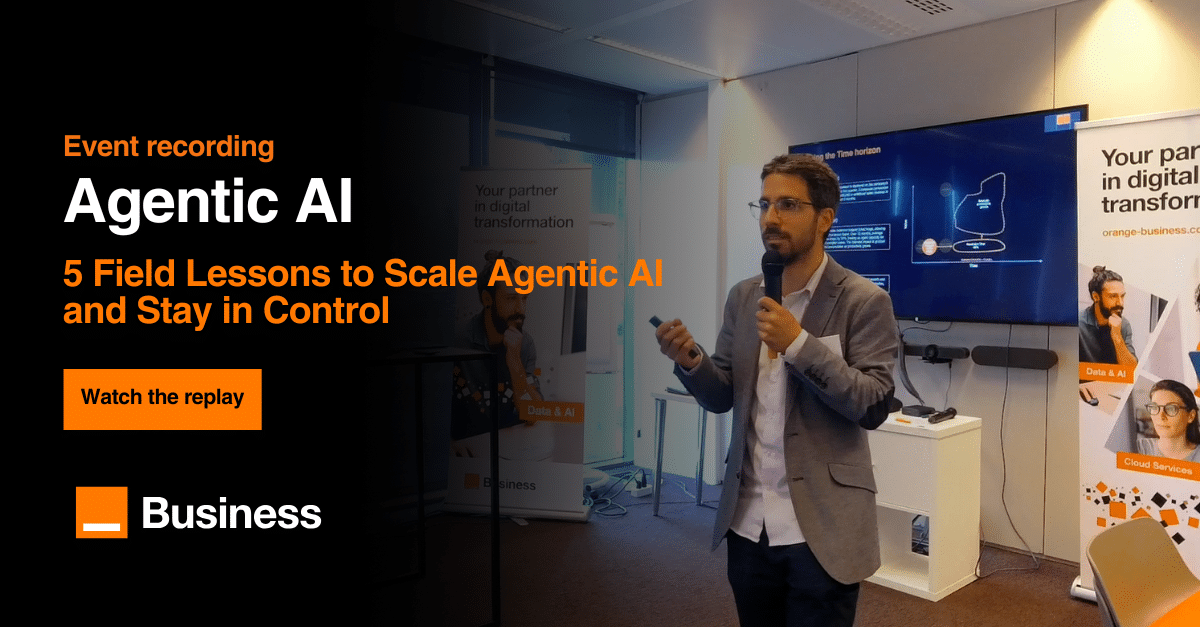

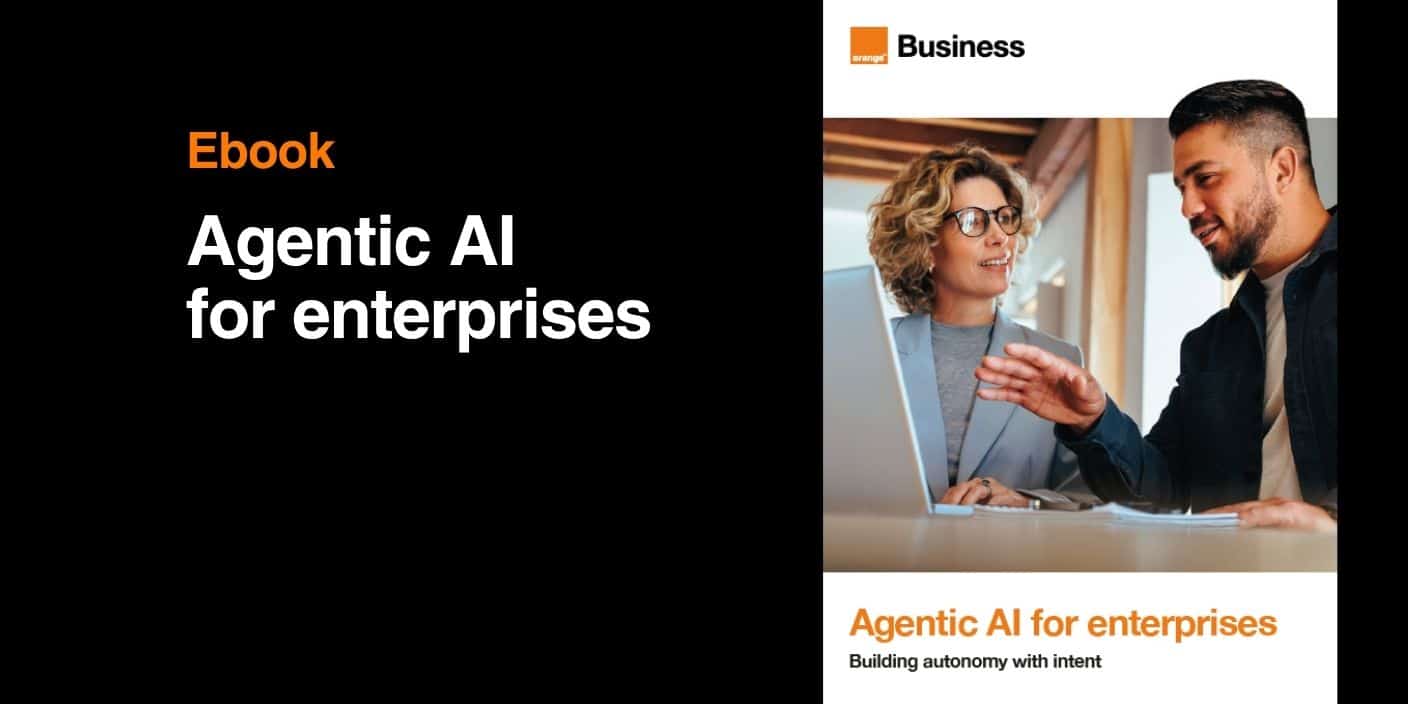


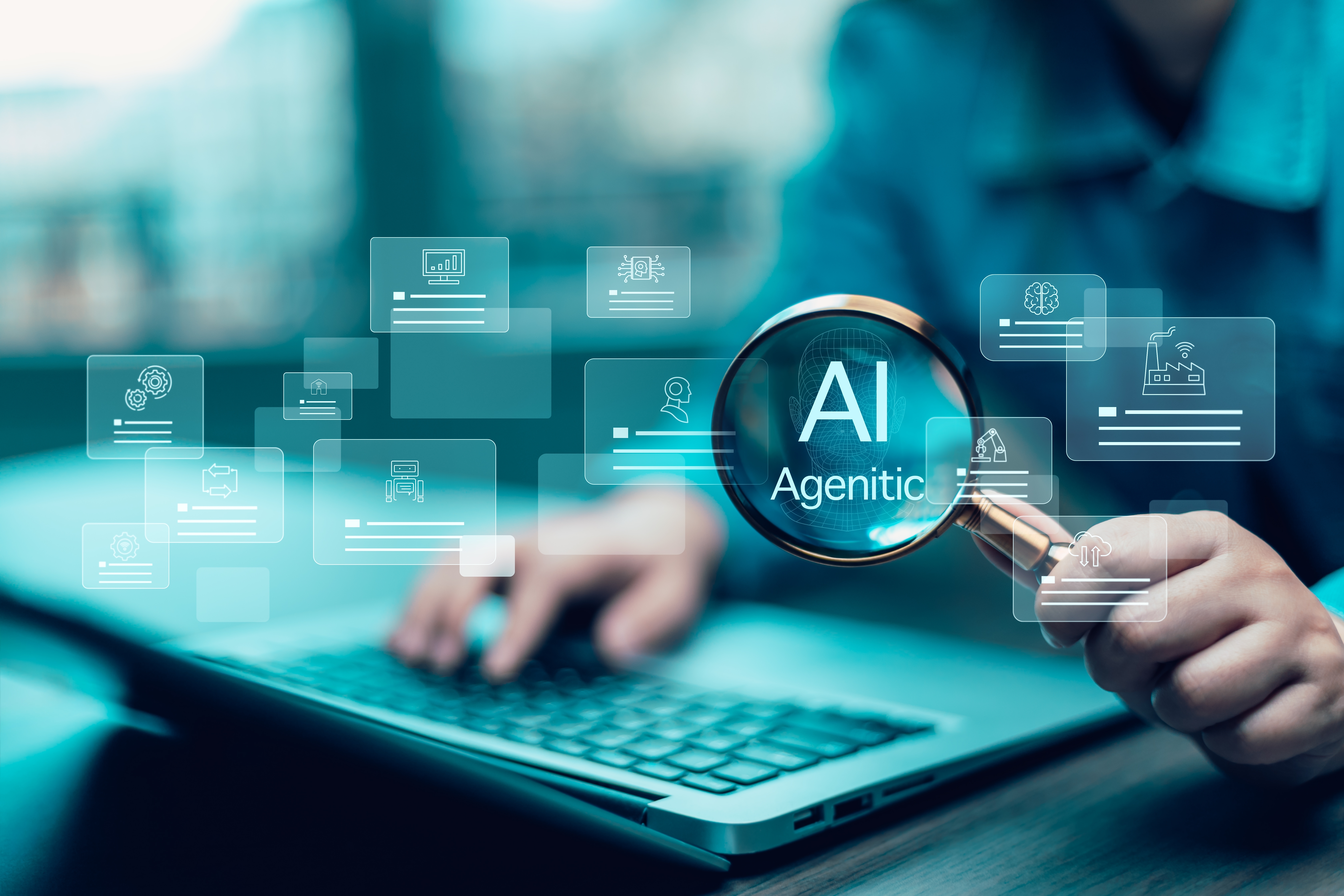

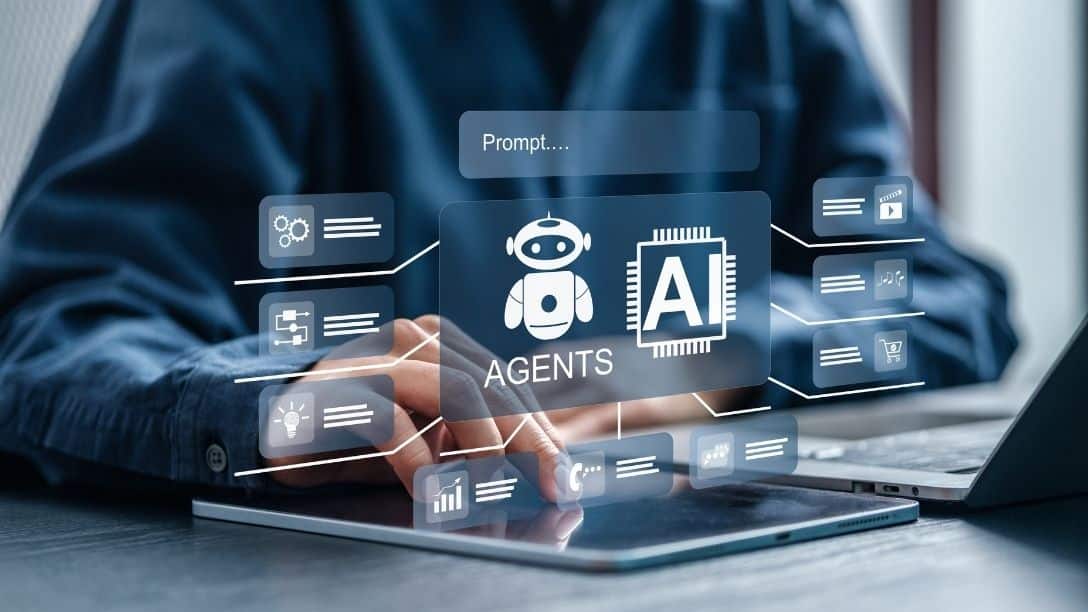




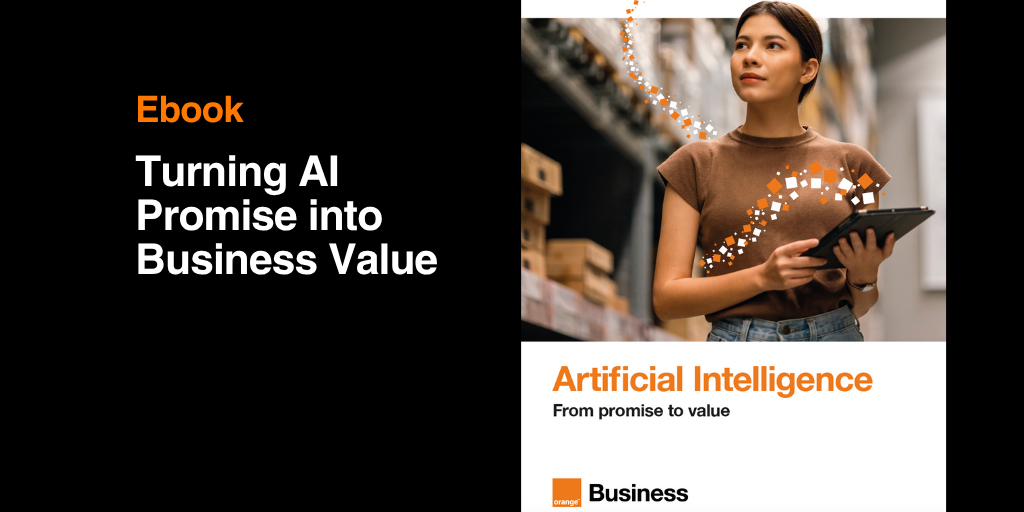
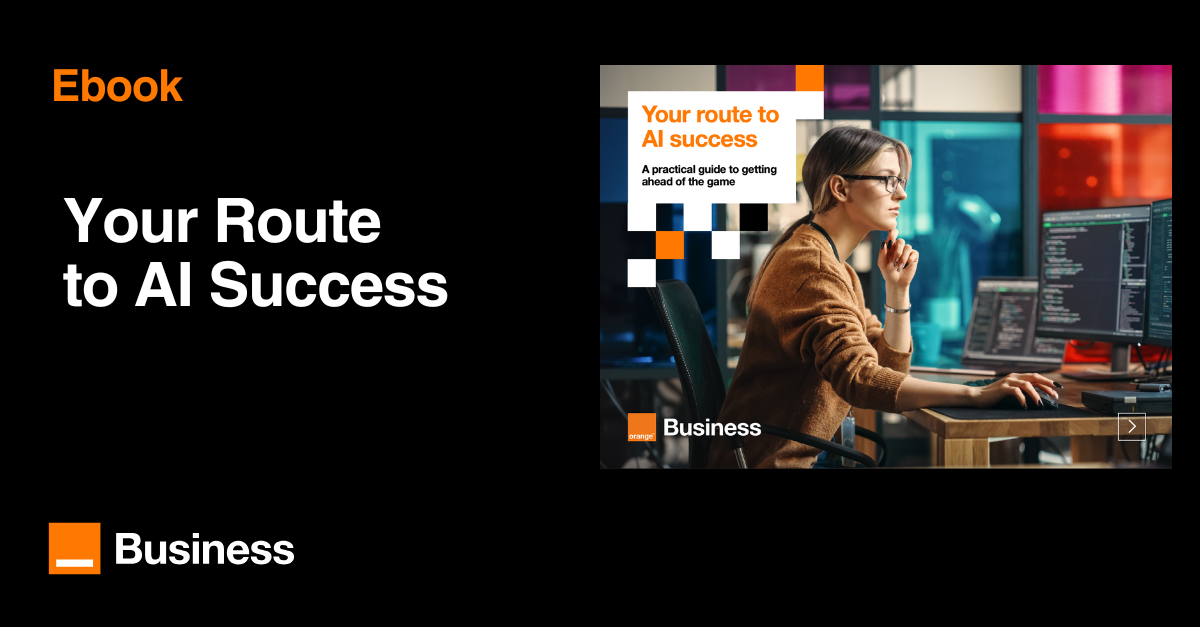
Comments (0)
Your email address is only used by Business & Decision, the controller, to process your request and to send any Business & Decision communication related to your request only. Learn more about managing your data and your rights.